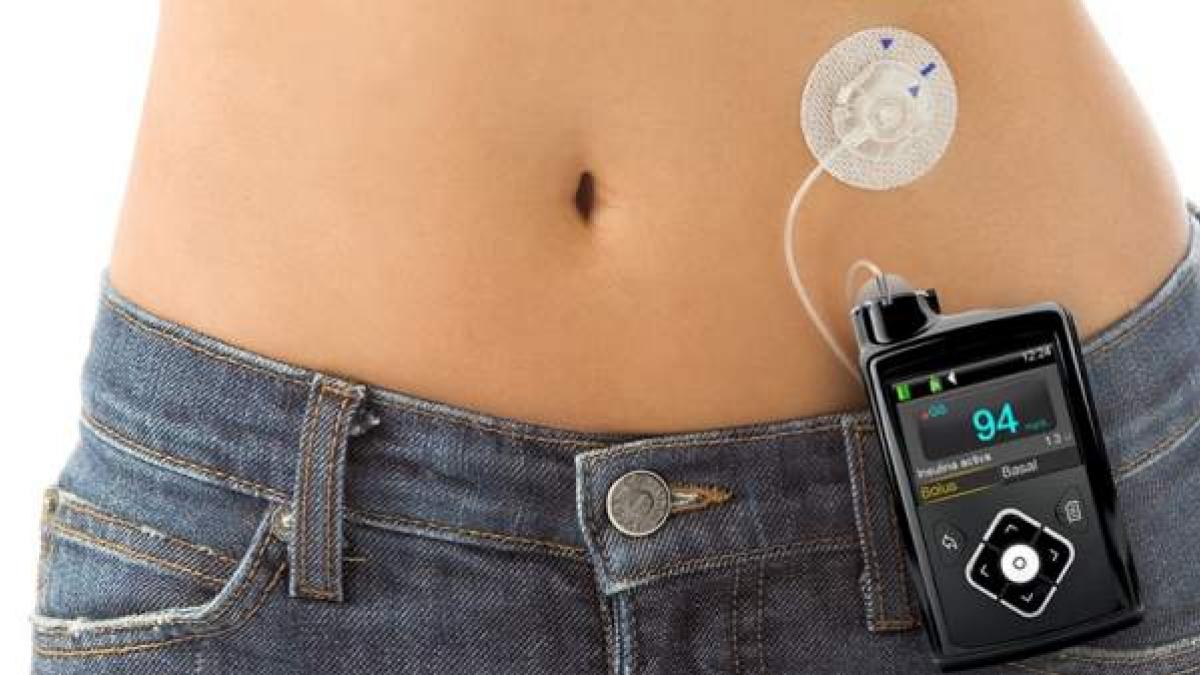It is a device created by the Department of Biomedical Engineering at North Carolina State University to replace insulin injections. They are almost always worn on the body with a sash, belt, bag, or hook. Now some models are wireless.
Some pumps can connect or communicate with a glucose sensor to monitor blood glucose levels (continuous glucose meter or CGM). This allows you (or in some cases the pump) to stop the release of insulin if your blood glucose is getting too low.
Many pumps now communicate wirelessly with continuous glucose meters (CGMs). Some have an “auto” mode that changes the basal rate based on whether your blood sugar is rising or falling. (This is sometimes called a “closed loop” system.
Its operation is very simple: the adhesive patch analyzes the blood sugar level and has a sufficient amount of insulin to be administered to the patient through small needles when the levels vary. As soon as glucose drops, the supply of insulin ceases.
The insulin patch can be worn on the abdomen for up to three days. Cover your insulin needs in food boluses, as well as in correction doses. Each time the buttons are pressed, two units of rapid-acting insulin are delivered.
The sensor is a patch that remains implanted in the user’s arm for 14 days and the patient can view the data in real time at any time by bringing a reader or an adapted telephone closer to the patch. It is applied to the back of the upper arm and collects glucose readings throughout the day and night. The sensor is waterproof and can be worn when bathing, swimming, or exercising.
The sensor to measure blood glucose comes in a patch that is placed on the arm, and just passing the mobile phone over it is enough to measure the glucose level.
Insulin doses are of three types:
- Basal Rate: This is the biggest advantage of pumps over injected insulin because you can change the amount of insulin you are receiving at different times of the day.
- Bolus Dose: Most pumps have a “bolus wizard” to help calculate your bolus dose based on your blood glucose level and the food (grams of carbohydrates) you are eating.
- A correction or supplemental dose as needed: The amount of a dose can be programmed according to your blood sugar levels at different times of the day.
The benefits: No injecting insulin, more discreet than injecting insulin with a syringe, can deliver fractional units, tighter blood glucose control, may result in improved A1C, fewer hypoglycemic episodes, is more flexibility with your diet and exercise.
Insulin pump therapy is an increasingly popular method of insulin replacement therapy.
Some disadvantages: Increased risk of weight gain, risk of infection or skin irritation at the application site, using the pump makes it obvious to other people that you have diabetes, having to check your blood sugar multiple times times a day and counting carbohydrates and is more expensive than taking insulin injections, among others.
https://medlineplus.gov/spanish/ency/patientinstructions/000963.htm






